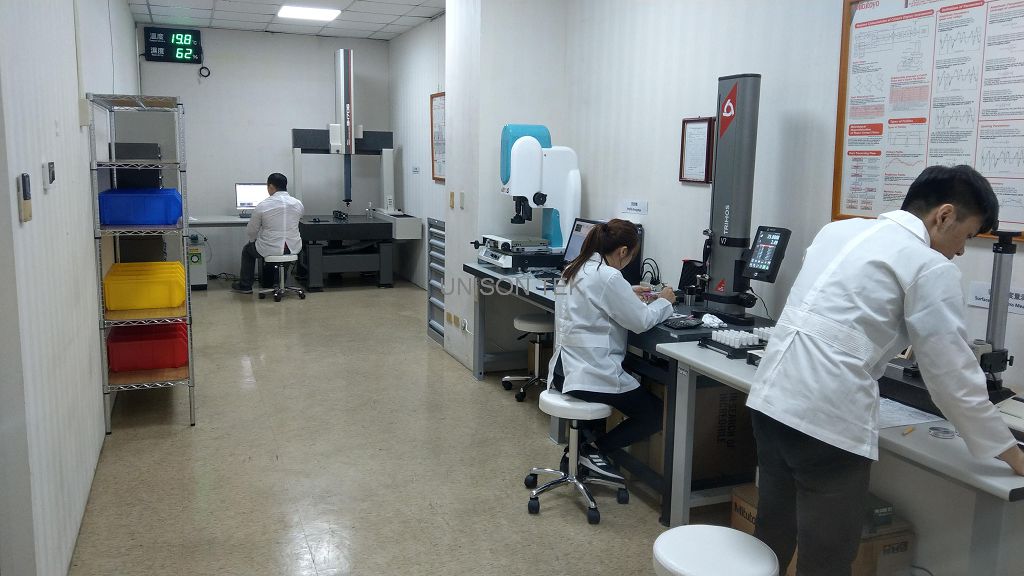Be pragmatic
The designer needs a solid understanding of what is possible to build, and who is most suitable for building it. Try to see how each component will be built from manufacturing perspective. It is not likely to know everything in build a product from scratch, but any amount of knowledge will help make better design decisions and will also help better communication.

Open discussions between designers and engineers.
Provide clean, well-organized files. Preferably with the final PDF, the DWG and STEP files. Name them appropriately with the Part Number and Revision. It ensures that what goes into the quoting and production is exactly what you want.
Make annotated documents when necessary. Utilize one of many tools can aid in the development for your product. Make sure to communicate early in the process with the engineering team. Spend time wisely and efficiently, plan ahead for each step of the project and leave time for buffer.
Watch out for word-of-mouth
Prototypes and interaction animations to demo how something should work in the most straightforward way possible. If rely on word-of-mouth to get the point across, there leave a lot of room for misinterpretation and increase chances of the final product misaligning with design vision.
Communicate constantly and respect the engineer’s opinions. When work together from the beginning, the design is more powerful—and ultimately create a better product.
If unsure about a feature’s design, consult with the engineering team. They have know how to approach the problem from an analytical, technical perspective.
These tips boil down to empathy, organization, and communication. The key with all of these: You want your vision to be realized. So equip the engineers and production team with the right materials and knowledge, and we at Unison Tek will handle the rest!
By John Wu
Please Contact us